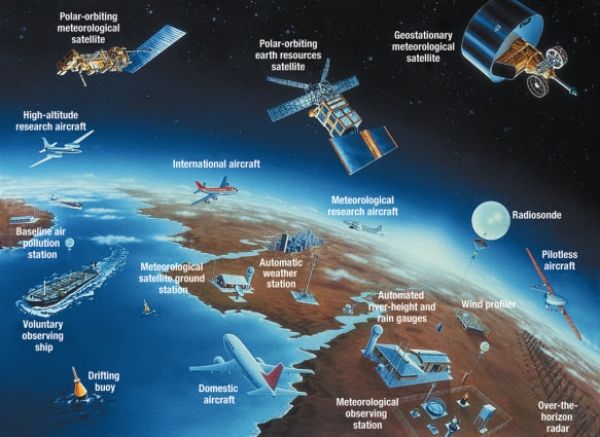WMO’s Global Observing System serves as a backbone for all weather and climate services and products provided by the 193 WMO Member states and territories to their citizens. It provides observations on the state of the atmosphere and ocean surface from land-, marine- and space-based instruments. This data is used for the preparation of weather analyses, forecasts, advisories and warnings.
“National Meteorological and Hydrological Services continue to perform their essential 24/7 functions despite the severe challenges posed by the Coronavirus pandemic,” said WMO Secretary-General Petteri Taalas. “We salute their dedication to protecting lives and property but we are mindful of the increasing constraints on capacity and resources,” he said.
“The impacts of climate change and growing amount of weather-related disasters continue. The COVID-19 pandemic poses an additional challenge, and may exacerbate multi-hazard risks at a single country level. Therefore it is essential that governments pay attention to their national early warning and weather observing capacities despite the COVID-19 crisis,” said Mr Taalas.
Continue reading at World Meteorological Organization
Image via World Meteorological Organization


